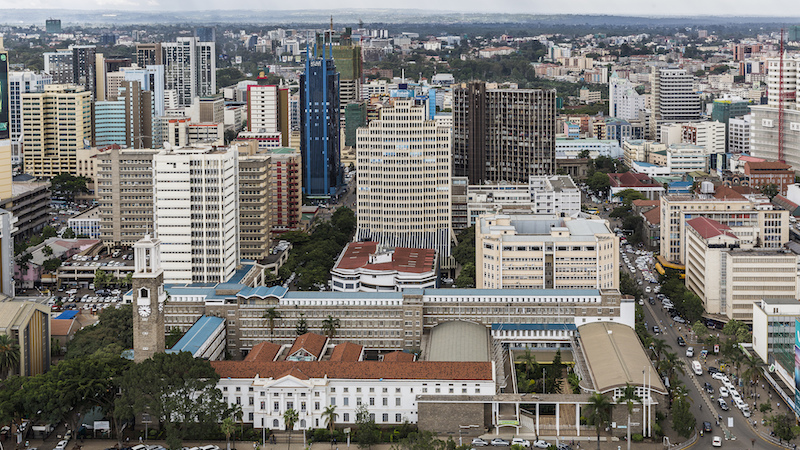Since the start of the long rains season in late February this year, scenes of dirty flood waters, impassable roads, flooded roundabouts, stranded commuters, stalled trucks, long traffic jams and submerged cars are a common view from my office window, whenever it rains in Nairobi.
It worries me to think that these scenes will become more common or intense under climate change. We need plans, policies and infrastructure for our cities as a matter of urgency.
In early February, a report by relief web indicated that populations in parts of East Africa were facing death from starvation occasioned by a prolonged drought. Then the rains came and what should have been a blessing turned into a nightmare for others. Cities in the region were particularly hard hit by flooding.
Find out more about Future Climate for Africa’s work building scientific understanding across the continent
As part of the the Future Climate for Africa (FCFA) program, researchers in the HyCRISTAL consortium are developing new understanding of East African climate variability and change, including associated impacts, and working with a range of stakeholders to co-develop climate-change coping options and tools to reduce the impact of extreme weather events in urban areas, which results from complex interactions between social and environmental factors.
In the case of flooding in cities such as Nairobi, these factors include poor urban planning and non-existent or inadequate infrastructure for dealing with excess run-off. On top of this, climate change may function as an additional stressor. “Events like the recent high-impact floods in Kenya are likely to become more frequent in the future.” notedDr David Rowell, a climate scientist with the UK Met Office, during a recent meeting in Kampala. Dr Rowell co-leads the climate science research within the HyCRISTAL project.
“As the atmosphere warms it can hold more water vapour” said HyCRISTAL’s lead, John Marsham (National Centre for Atmospheric Science and University of Leeds, UK), “As a result we expect more intense precipitation in the future, in some cases even though total rainfall will decrease”.
One component of HyCRISTAL is centred on understanding such future changes on urban water, sanitation and hygiene (WASH) systems with pilot studies in the urban centres of Kisumu, Kenya and Kampala, Uganda. Professor Barbara Evans, HyCRISTAL urban lead said, “We are working with Kampala and Kisumu city authorities to develop water and sanitation solutions that are more resilient to the increased flooding we expect in the years to come.”
Some politicians are already heeding the warnings and eager to respond. Rt. Hon Cecilia Atim Ogwal, Deputy Speaker in the Uganda Parliament who officially opened the HyCRISTAL meeting urged participants to help Uganda and Africa to tap appropriate research data and knowledge, to help build infrastructure that is resilient to climate change.
The HyCRISTAL project will develop guidelines and recommendations for urban infrastructure to improve its resilience to climate change, as well as practical policy responses to reduce current and future flooding and its impacts in urban areas in east Africa.
It is clear that the current floods in East Africa and the attendant impacts must be seen as a wake-up call for urgent and systematic actions to mitigate the risks of increasingly severe and frequent extreme weather events. Many decisions taken today will determine impacts of extreme rain in decades to come; it is important that choices are made that decrease, rather than increase, such future impacts.
This content is sponsored by Future Climate for Africa.
